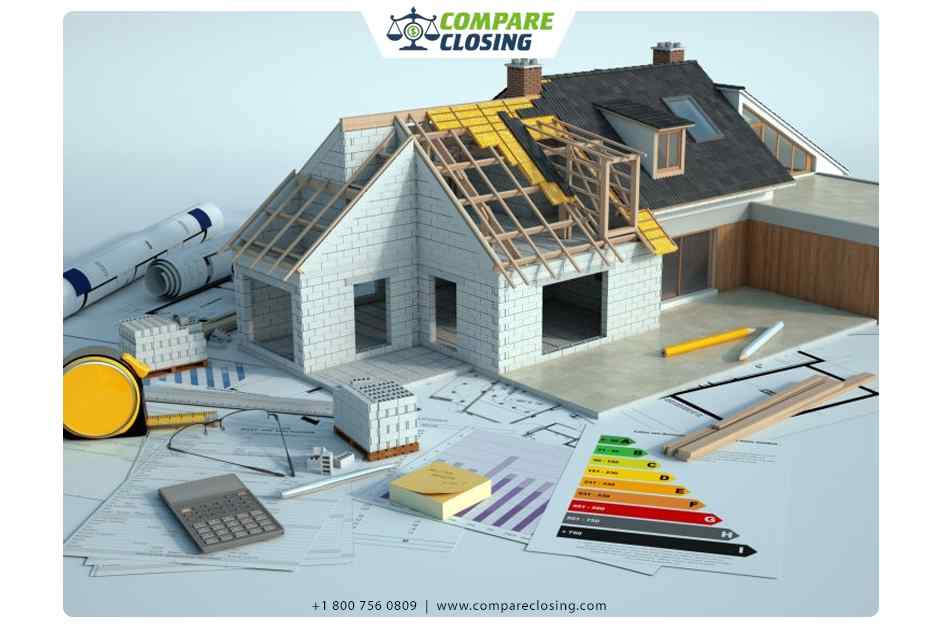Construction loans usually come with variable interest rates that fluctuate depending upon the prime rate.
The loan rates of Construction loans are higher compared to traditional mortgage loans.
This is because, in the case of traditional loans, there is a collateral assigned that is your home, however in the case of construction loans, there is no collateral and thus it is a bigger risk for lenders.
You need to give the lender the details of construction like, detailed plans, construction timeline, and a reasonable budget because construction loans typically have short terms and depend on the completion of the construction project.
Once the application is approved, the borrower is placed on a draw schedule that follows the construction project stages and is usually only expected to make interest payments during construction.
In a construction loan, the lender pays the funds in stages as the construction work of the new home progresses, unlike a personal loan where the loan amount is given as a lump sum.
During construction, the lender gets an inspector or appraiser to check the house at different stages.
The lender then makes additional payments to the contractor if the appraiser approves.
You may be able to convert your construction loan into a traditional mortgage loan once the construction is complete depending on the type of loan.





